By Terry McNamee © 2013
There is nothing unusual about separating domestic animals into breeds. After all, everything in nature is classified according to how closely they are related, and the same is true for purebred animals, too. The only difference is that breeds are the most specific within the world's classification of nature. It all starts with the most basic classifications and works down as the definition of “things that are alike” become ever narrower. For the purpose of explaining domestic breeds, I will use the dog as an example.
A dog is categorized as an animal, not a plant, fungus and so on. Animals like dogs that have spinal columns are called Vertebrates. Vertebrates include six groups, with dogs belonging to the mammals, which are the only animals which produce milk for their young. Of the three categories of mammals, dogs are among the Placental Mammals that incubate their young inside their bodies. Placental mammals are divided yet again into numerous families, such as rodents, hoofed animals, carnivores (including dogs) and so on. Carnivores are divided yet again into several groups, among them canines, cats, bears, hyenas, and so on. Dogs are canines.
None of these groups can successfully interbreed with another. You can't cross a horse with a pig, or a wolf with a bear.


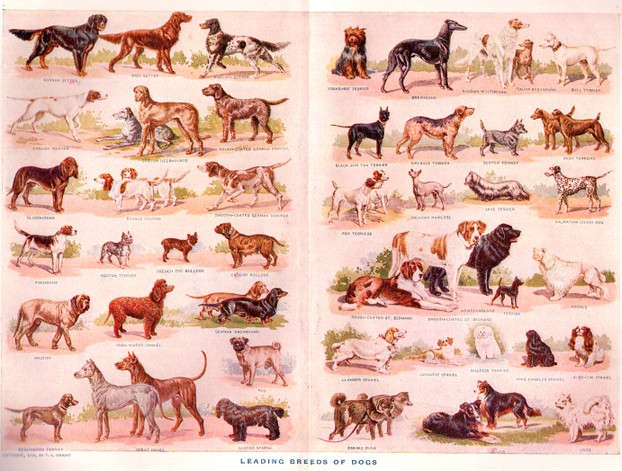


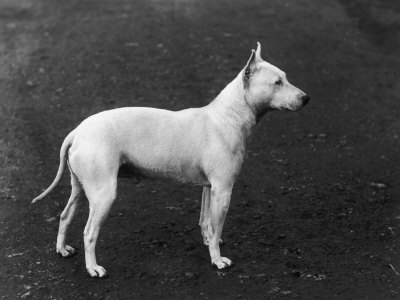
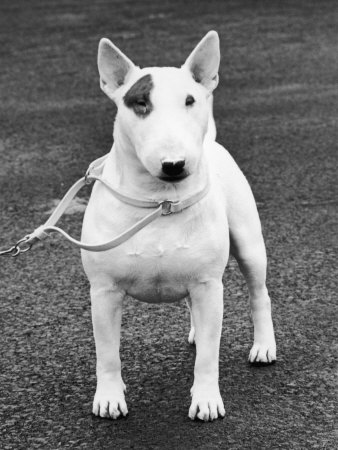
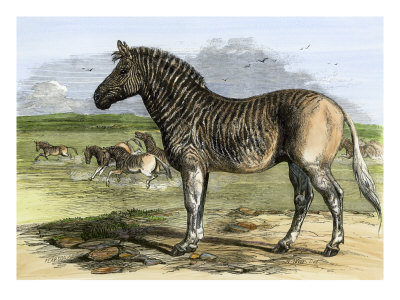
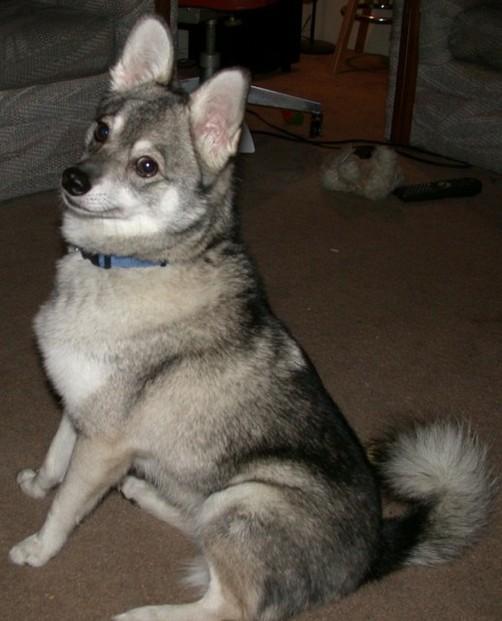
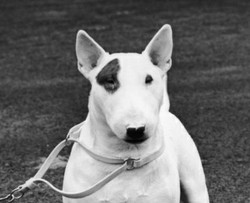

 Versatile Nova Scotia Duck Tolling Retrieverson 08/02/2014
Versatile Nova Scotia Duck Tolling Retrieverson 08/02/2014
 Should You Spay or Neuter Your Puppy?on 08/12/2014
Should You Spay or Neuter Your Puppy?on 08/12/2014
 Horse Racing History: the Preakness Stakeson 05/15/2014
Horse Racing History: the Preakness Stakeson 05/15/2014
 Dinosaurs Will Be On Display in Trenton, Ontario, Canadaon 07/29/2013
Dinosaurs Will Be On Display in Trenton, Ontario, Canadaon 07/29/2013

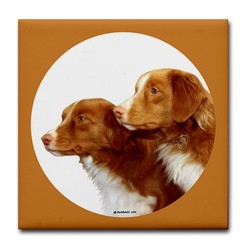
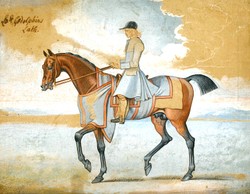
Comments
I love dogs and have always marveled how so many varying breeds come to be and pass. This is a great article.
Enjoyed it! Thanks!
That is interesting! What breed did he work with?
One of my uncles had something to do with establishing a dog breed. Thanks for the background!